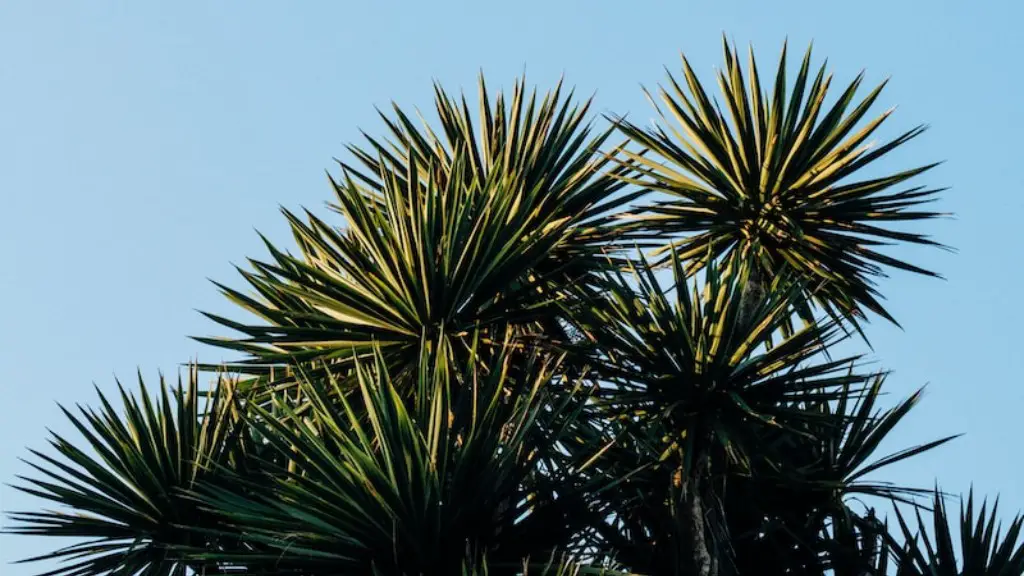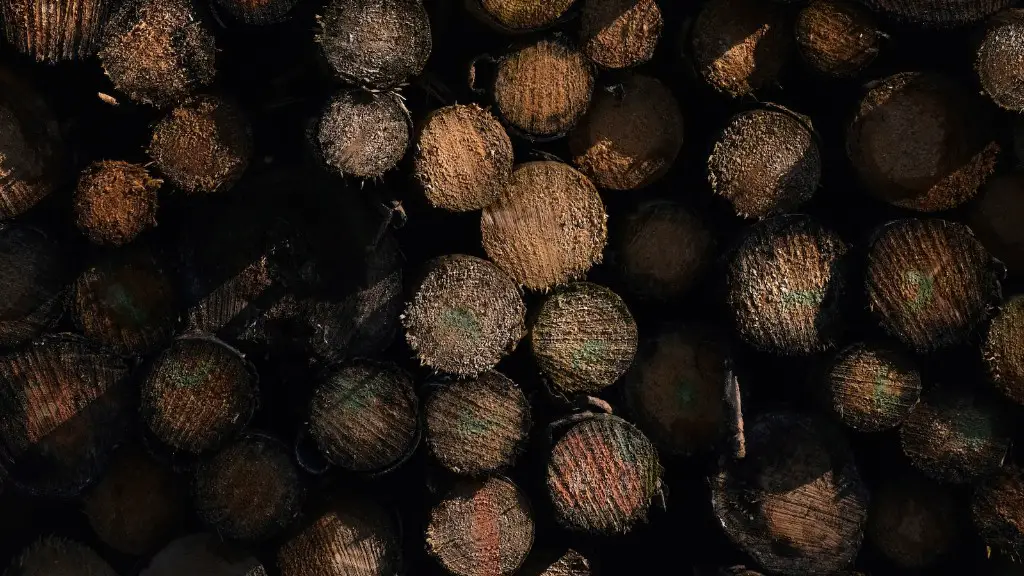Palm trees can become a staple in a yard or garden for their height, beauty, and visually pleasing looks. They can last many years with proper maintenance and can be enjoyed daily. However, the palms are vulnerable to disease and pests, so care must be taken to ensure that your palms stay healthy. Knowing how to tell if a palm tree is dying or diseased is the key to catching it in time and curing it.
When a palm tree is dying it depends when the problem is caught,for example,if the issue is found early enough it may be possible to save it by proper care and pruning back affected leaves. Unfortunately, if the problem is too far along it is likely the palm will have to be removed. In either case, here are some basic steps to help you determine what the health of a palm tree is, and whether it should be removed and replaced.
Gauging the Color of the Tree
When determining whether a palm tree is healthy or not, one of the first steps is to check the color. The leaves and trunk of the tree should be a healthy vibrant green with no yellowish or brownish discoloration. If the trunk and leaves are discolored in any way then the problem may be due to disease, pests, or improper care. If this is the case then the tree may need to be taken down and replaced.
Check for Dead Patches on the Tree
Another important step in determining the health of a palm tree is to look for dead patches on the leaves and trunk. If there are dead patches on the tree then this could be a sign of a more severe problem and could warrant removing the tree. Dead patches are usually accompanied by discoloration, which can help to confirm if there is a problem or not.
Check the Roots of Tree
The health of the roots of the tree can also provide insight into the health of the tree. If the roots are not healthy, it could mean that the tree is not receiving enough water, or there could be a drainage issue. If the roots are unhealthy, then this is another potential sign that the tree is not healthy and may need to be taken out and replaced.
Look for Signs of Insects & Pests
Insects and pests can also be a sign of a sick tree. If the tree is infested with ants, aphids, or any other type of pest then it is a good indication the tree is in need of care. These types of pests can feed off of the tree and cause discoloration and dead patches, so it is important to take quick action if these types of infestations are found.
Check the Tree for Fungal Disease
Fungal diseases can also affect palm trees, and may be one of the most common causes of a dying palm tree. Symptoms of a fungal disease include yellow spots on the leaves and trunk, as well as wilting of the leaves. If a fungus is found, then it is important to take action immediately and treat the tree with fungicide to prevent further damage.
Pay Attention to the Soil Around the Tree
Finally, take the time to observe the soil around the tree. Is it dry or saturated? Does it have an odour to it? Are there insects crawling around it? These are all signs of a sick tree and can be a sign that something more severe may be going on. If the soil is dry then it could mean the palm tree is not receiving enough water, or if it is saturated then it could be due to a poor drainage issue.
Check the Foliage
In addition to the color of the tree and the roots, it is important to also examine the foliage of the tree. Are the leaves drooping, discolored, or falling off the tree? If so, then this could be a sign that the palm tree is not healthy and needs immediate action. Drooping leaves can also be caused by diseased or pests, so it is important to investigate further.
Check the Branches
The state of the branches on a palm tree is also important for its health. If the branches are cracked, dry, or dead, then this could be a sign that the tree is in need of replacement. It is important to note that this is not always the case, but it can still be an indication that there is an underlying issue.
Check for Leaf Damage and Discoloration
Leaf damage and discoloration can also be a sign of a dying palm tree. Brown or yellow spots on the leaves, wilting of the leaves, and dead patches can all be indicative of a problem. These types of symptoms can also be caused by pests and diseases, so it is important to determine the exact cause before taking any action.
Examine for Physical Damage
Physical damage to the palm tree can also be an indication that something is wrong. If the tree has been damaged in some way, be it from winds, storms or other events, then this can be an indication that the tree is in need of repair or removal. It is important to take a look at the extent of the damage before making a decision.
Call in a Professional
If you are unsure about the health of your palm tree, it is always a good idea to call in a professional. A professional arborist or tree doctor will be able to accurately inspect the tree and determine if it is in need of treatment, repair, or replacement. They will also be able to offer sound advice and help you determine the best course of action.
Conclusion
In conclusion, it is important to take steps to determine the health of a palm tree. Knowing how to tell if a palm tree is dying or diseased is the key to catching it in time and saving it. If a palm tree is found to be in poor health then it may need to be taken down and replaced. However, if the problem is caught early enough then it may be possible to save the tree with proper care and pruning.



